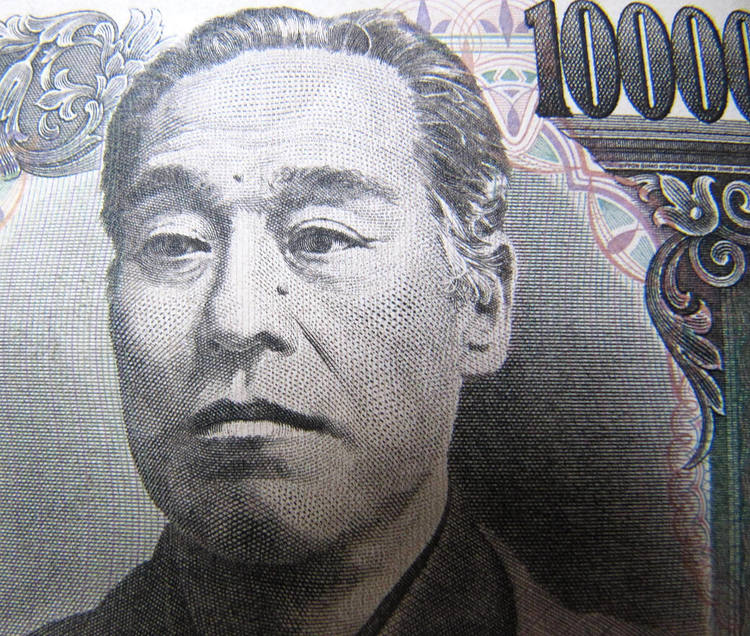The Japanese Yen (JPY) has been on a strengthening trend for the second consecutive day, primarily due to the hawkish remarks made by the Bank of Japan Governor Kazuo Ueda. This contrasts with the dovish stance taken by the Federal Reserve Chair Jerome Powell, leading to differentiation in policy outlooks between the two central banks. As a result of Ueda’s statements in Parliament emphasizing the potential for further interest rate hikes if the economic projections are accurate, the USD/JPY pair has experienced a loss in ground.
The continued appreciation of the Japanese Yen is further supported by July’s National Consumer Price Index (CPI) inflation data, which remained at its highest level since February. This reinforces the hawkish stance of the BoJ on their policy outlook. In contrast, the US Dollar has faced depreciation following Powell’s dovish comments at the Jackson Hole Symposium, where he alluded to the need for policy adjustments without specifying the timing or scope of potential rate cuts.
Market movements have also been influenced by statements from Fed officials suggesting a gradual need for interest rate cuts in the US. Philadelphia Fed President Patrick Harker highlighted the importance of lowering rates gradually, while Chicago Fed President Austan Goolsbee noted that monetary policy is currently at its most restrictive. This sentiment, coupled with the anticipation of a rate cut of at least 25 basis points by the Federal Reserve at its upcoming September meeting, has contributed to the depreciation of the US Dollar against the Japanese Yen.
Technical analysis of the USD/JPY pair indicates a bearish bias, with the pair trading around 143.90 on Friday. The daily chart suggests a downtrend line and a slightly bearish RSI, signaling the potential for further downward movement. Resistance levels are identified at the downtrend line around 145.00 and the nine-day Exponential Moving Average (EMA) at 145.74, while support levels are situated near the seven-month low of 141.69 and the throwback support level at 140.25.
In light of recent market movements, the Japanese Yen has shown strength against major currencies as evident in the percentage change table provided. The Yen was particularly strong against the New Zealand Dollar. Investors often view the Japanese Yen as a safe-haven investment during times of market stress, further supporting its appreciation against riskier currencies. With the Bank of Japan’s ultra-loose monetary policy causing the Yen to depreciate against its peers, a widening policy divergence with other central banks, especially the US Federal Reserve, has favored the US Dollar against the Japanese Yen.
In conclusion, the Japanese Yen’s appreciation can be attributed to the hawkish statements by BoJ Governor Ueda and the positive economic data, contrasting with the dovish stance of the Federal Reserve and the anticipation of rate cuts in the US. These factors have influenced market movements, leading to the USD/JPY pair losing ground. With ongoing policy divergence between central banks and the recognition of the Yen as a safe-haven currency, the Japanese Yen is likely to continue its strength in the near term.











